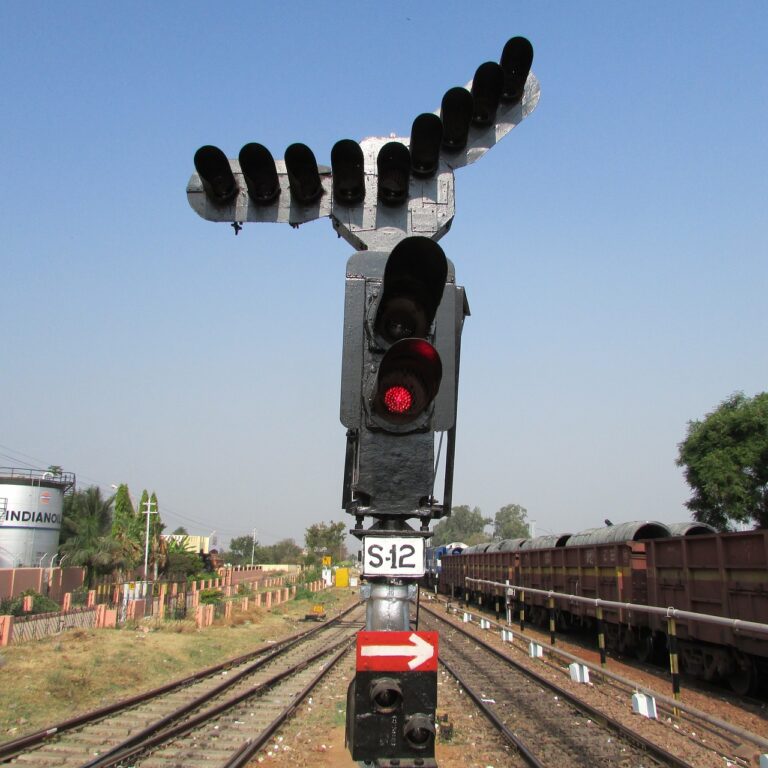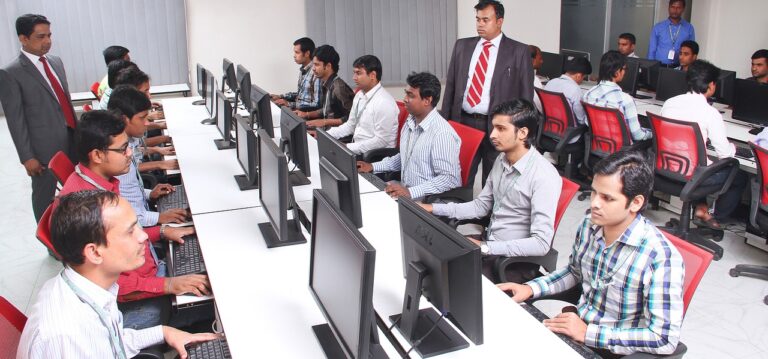Exploring the Integration of Wearable Technology in Election Processes
betbook247, radhe exchange registration, my laser247.com:As technology continues to evolve, it has started to play a significant role in various aspects of our lives, including the election processes. Wearable technology, in particular, has the potential to revolutionize how elections are conducted, making them more accessible, secure, and efficient. In this article, we will explore the integration of wearable technology in election processes and how it can shape the future of democracy.
The Rise of Wearable Technology
Wearable technology, such as smartwatches, fitness trackers, and smart glasses, has gained popularity in recent years. These devices are equipped with sensors, processors, and connectivity features that allow users to track their health, receive notifications, and access information on the go. With the advancement of technology, wearables have become more sophisticated, offering a wide range of functionalities that can be utilized in various industries, including politics.
Integrating Wearable Technology in Election Processes
One of the key areas where wearable technology can make a significant impact is in election processes. By leveraging the capabilities of wearables, election officials can streamline the voting process, enhance security measures, and increase voter turnout. Here are some ways wearable technology can be integrated into election processes:
1. Voter Identification: Wearable devices can be used to identify voters securely through biometric authentication, such as fingerprint recognition or facial recognition. This would eliminate the need for physical IDs and reduce the risk of voter fraud.
2. Remote Voting: With wearable technology, voters can cast their votes remotely from anywhere, using their smart devices. This would make voting more accessible to people with disabilities, the elderly, and those living in remote areas.
3. Real-Time Monitoring: Election officials can monitor the voting process in real-time using wearable devices equipped with GPS tracking and live streaming capabilities. This would allow them to address any issues or irregularities promptly.
4. Voter Engagement: Wearables can be used to engage voters through notifications, reminders, and updates on election-related information. This would help increase voter awareness and participation.
5. Data Analysis: Wearable devices can collect data on voter behavior, preferences, and voting patterns, which can be analyzed to improve future election campaigns and strategies.
Challenges and Considerations
While the integration of wearable technology in election processes offers numerous benefits, there are several challenges and considerations that need to be addressed. These include concerns about data privacy and security, the digital divide among voters, and the cost of implementing wearable technology in elections. It is essential for election officials to carefully evaluate these factors before adopting wearables in the electoral system.
FAQs
1. Are wearables secure for voting purposes?
While wearables offer advanced security features, such as biometric authentication, there are still concerns about potential hacking and data breaches. Election officials must implement robust security measures to protect voter information.
2. Can wearables improve voter turnout?
Yes, wearables can potentially increase voter turnout by making the voting process more accessible and convenient for all voters. Remote voting options and voter engagement features can help encourage more people to participate in elections.
3. How can wearable technology benefit election campaigns?
Wearable technology can provide valuable data insights on voter behavior and preferences, which can be used to tailor election campaigns and strategies to reach a wider audience effectively.
In conclusion, the integration of wearable technology in election processes has the potential to transform how elections are conducted and improve overall democracy. By leveraging the capabilities of wearables, election officials can enhance security, accessibility, and voter engagement, leading to more transparent and efficient electoral systems. It is crucial for policymakers and election stakeholders to embrace innovation and explore the possibilities that wearable technology offers in shaping the future of elections.







